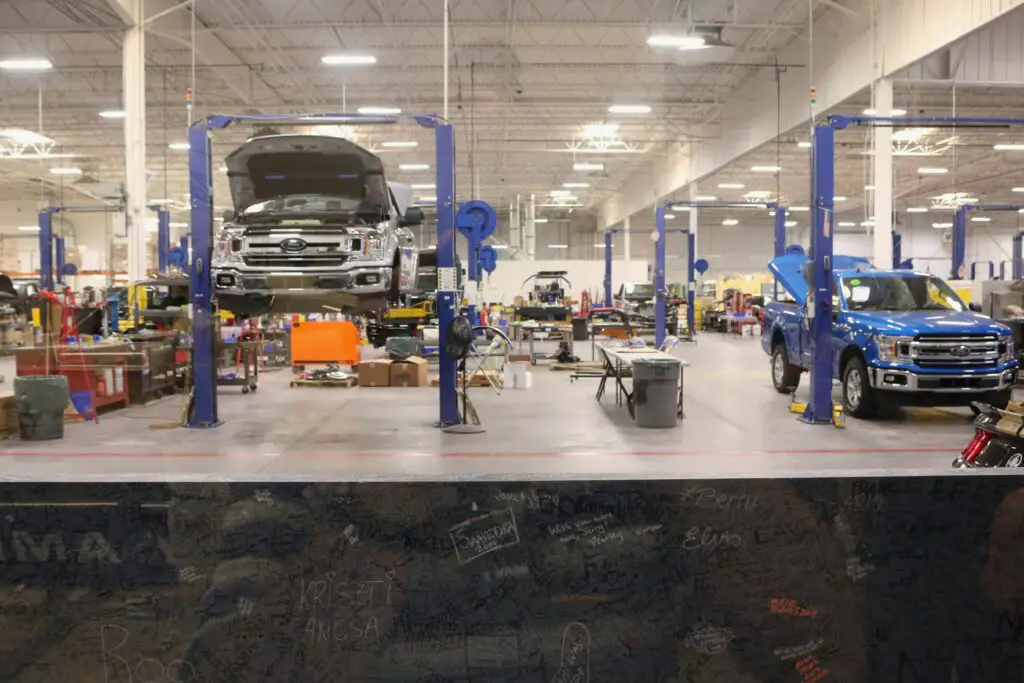A vehicle’s weight can be reduced by up to 50% when iron and traditional steel components are replaced with advanced and innovative metals. As lighter vehicles are more energy efficient, a reduction in weight could have a significant impact on the environment. Lighter vehicles will help to meet increasingly stringent targets for improving the average fuel consumption of cars and lowering greenhouse gas emissions from all vehicles. Using low-density titanium, high-strength steel, and aluminum and its ductile alloys, car manufacturers can improve engine efficiency and lower fuel consumption without compromising on safety and performance.

High Tensile Titanium
Due to its resistance to heat, oxidation, and corrosion, titanium is commonly used for the internal components of car engines, including valves, retainers and connecting rods. In addition, the properties of titanium metal tubing, including high tensile strength and lighter weight, make it suitable for larger external car parts. As well as improving the quality and safety of bodywork, titanium is highly suited to make light but robust exhaust pipes and mufflers. Last year, it was chosen to form the tailpipe for the latest Bugatti Chiron, creating a high-performance part, optimized for its purpose. At 50kg lighter than a standard tailpipe, the lower mass not only enhances the aerodynamic design and handling of a sophisticated sports car but also reduces the overall weight and fuel consumption of any vehicle.
Lightweight Steel
Advanced high-strength steels are already used to make up around two thirds of most new vehicle body structures, creating lighter and more sustainable cars. A team of engineers at Sheffield University in the UK has now developed a technique to enhance the strength and ductility of steel even further. Steel from recycled cars often contains copper from electrical wiring, and although copper can have a negative effect on some variations of steel, the team has found a way to use it to enhance the metal. The presence of copper during heating alters the steel’s microstructure, resulting in a stronger metal that is also easier to manipulate. This also means that less material needs to be used, so the total weight of the car is reduced.
Aluminum Alloys
With a mandate for an average fuel economy of 54.5mpg by 2025, the use of lightweight materials to produce more efficient vehicles is now firmly established in car manufacturing. The low density and high ductility of aluminum make it an appropriate choice for the structural components of vehicles, and its use in car manufacturing is increasing more than any other material. As well as improving the fuel economy of traditional engines, lightweight aluminum is also being used to offset the weight of batteries in electric vehicles. In addition to its lower weight, a range of aluminum alloys with different physical characteristics and strengths can be optimized for a variety of applications and functions within car manufacturing.
Using high strength but lightweight metals can have a significant effect on the energy efficiency of all vehicles, making them more sustainable without compromising on performance and design.
